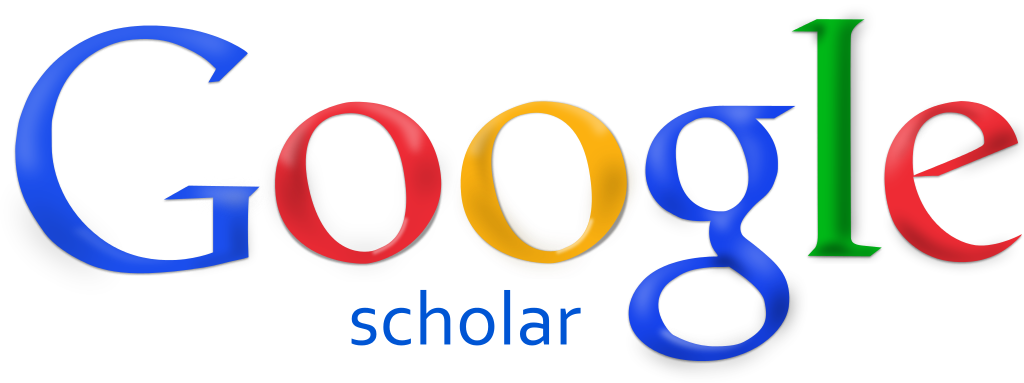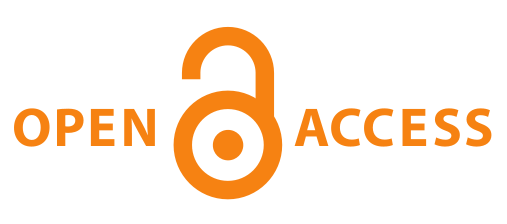Author Guidelines for Submission of Manuscripts
Author Guidelines for Submission of Manuscripts
Editorial Board accepts articles in electronic form (by E-mail address: mail@goldhorde.ru, zolotayaorda.centr@mail.ru) in MS Word format or a hard copy of the article in two copies signed by the author (authors).
Font – Times New Roman, point size – 11, regular style, line spacing, margins – 2 sm.
The article should contain the UDC (Universal Decimal Classification) code (which should be assigned by author)
(The UDC corresponding to the article subject can be found here: http://udc.biblio.uspu.ru)
DOI (will be assigned by Editorial Board)
- Title should include:
- title of the article, centered in bold (the maximum length of the title is 10–12 words). Abbreviations and formulas can not be used.
- Information about the authors
Contain the full name and affiliation of the authors (place of main work of the authors);
- the order in which the authors are mentioned depends on their contribution to the work done;
- the affiliation indicates the place of work of the authors or the name of the organization that carried out the study;
- the name of the organization (Russian/English) should coincide with the name specified in its statute;
- postal code, city, country;
- E-mail.
Must be specified in Russian and English.
- Abstract
The content of the abstract should allow the reader to understand the essence of the research.
It should allow the reader to determine whether to refer to the full text of the article for more detailed information, which interests him.
The title of the article should not be duplicated in the text of the abstract. It should clearly indicate the following components: objective, research materials, results and novelty of the research.
It should be compiled in Russian and English.
- Objective;
- Research materials;
- Results and novelty of the research.
Recommended extent of the abstract – 150–250 words.
- Keywords
Keywords serve as a guide for the reader and are used to search for articles in electronic databases, so they must reflect the discipline (the field of science in which the article is written), topic, purpose and object of the research. Recommended number of keywords – 5–10.
Example:
Keywords: Golden Horde, Tatars, warriors, Kipchaks, Jochid ulus, Sarai
Ключевые слова: Золотая Орда, татары, воины, кыпчаки, Улус Джучи, Сарай
They should be indicated in Russian and English (there is no point at the end).
- For citation:
For citation: Aksanov A.V. Russian Chronicles on the Moscow-Kazan Relations: An Experience of the Hermeneutic Research. Golden Horde Review. 2017. Vol. 5, no. 1, pp. 138–148. (In Russian) DOI: 10.22378/2313-6197.2017-5-1.138-148
Для цитирования: Аксанов А.В. Русские летописи о московско-казанских отношениях: опыт герменевтического исследования // Золотоордынское обозрение. 2017. Т. 5, № 1. С. 138–148. DOI: 10.22378/2313-6197.2017-5-1.138-148
It should be indicated in Russian and English.
- Article text
Structure:
It is desirable to adhere to the IMRAD structure (Introduction, Methods, Results, and Discussion)
Introduction
General research topic, goals and objectives of the planned work, theoretical and practical significance. The author indicates the most famous and authoritative publications on the topic and identifies unresolved problems. This section of the manuscript becomes an independent text.
Materials and Methods
Describes the structure of the study and relevant sources.
Results
Demonstration of actual research results: tables, photographs, drawings. The results should be clear and concise.
Discussion and Conclusion(s)
Main findings of the study: assessment of the scientific contribution of the study, summary of the sections of the article without repeating their wording.
- Acknowledgments
The author expresses his gratitude:
- to colleagues for their help;
- for the financial support of the study.
- References
References include only the sources used and referred to in the article. They should be arranged in accordance with the standard used in the journal. It is recommended to use no more than 50 sources. Self-citations in References should not exceed 10%.
It is important to refer to the source correctly. It is necessary to indicate the surnames and initials of the authors, journal, year of publication, volume (issue), number, pages, DOI or Internet access address.
The original publication language must be indicated in parentheses.
For example: (In Russian), (in Arabic), (In Persian), (In Italy), etc.
- For books: the place of publication, name of the publisher, year of publication and the total number of pages should be indicated;
- for articles: the title of the journal, year of publication, volume, issue (or number), pages of the beginning and the end of the article, DOI (digital identifier of the article) if available;
- the reference to electronic sources should include information about the site, the access mode and the date of the last visit.
- Unpublished sources: documents, archives, manuscripts should be indicated in footnotes at the bottom of the page.
*Are not included in the general list of references.
For example:
Iskhakov D.M., Tychinskikh Z.A. O shibanidskom «slede» v Bulgarskom vilayyate Ulusa Dzhuchi [On the Shibanid “trace” in the Bulgar vilayet of the Jochid ulus]. Zolotoordynskoe obozrenie=Golden Horde Review. 2013, no. 2, pp. 128–145. (In Russian)
- Full information about the author (authors):full name, organization(s), address of the organization(s) (the principal place of work of the author and that, in which the study was implemented, should be indicated (permanent place of work, place of project implementation, etc.)), position and academic title, link to ORCID account, link to ResearcherID account, email, phone, mailing address for sending the author’s copy.
* The list of authors must comply with the ethical norms of co-authorship developed by COPE (Committee on Publication Ethics) https://publicationethics.org/resources/code-conduct
It should be indicated in Russian and English.
Appendixes
Drawings are accepted in Excel, Photoshop, CorelDRAW, Origin formats. Resolution of drawings and photos in jpg, tif formats must be at least 300 dpi. Drawings must be clear. Tables are accepted in Word, Excel (not by drawing).
All tables and drawings must be numbered and named. They should contain a reference to the text of the article. There should be no empty graphs in tables.
They should be indicated in Russian and English.
Editorial board has the right to request from the authors originals of illustrative material for the article in case of poor quality of the materials provided.
Number of illustrations in the text – no more than 10.
Abbreviations
All abbreviations should be deciphered when first used. If there are many abbreviations, a list with deciphering can be added.
*The point is not used after: rubric, title of article, author of the article, headings and subheadings, keywords, table names, drawings.























 The content is available under the license
The content is available under the license 
